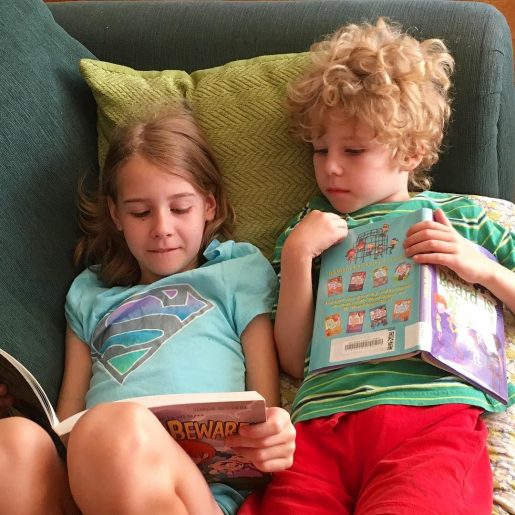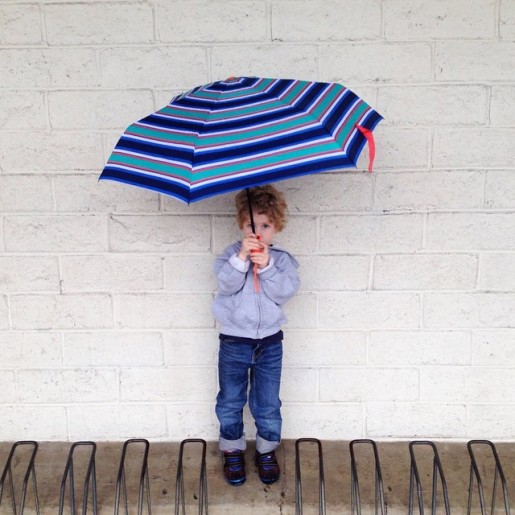day thirteen: barefoot boy
We interrupt this reading journal for a brief burst of mommyblogging. (But I promise you some Poetry Friday at the end.) The child whose blog name was decided before his real name was firmly settled upon…turns eight years old today.








Oh for boyhood’s painless play,
Sleep that wakes in laughing day,
Health that mocks the doctor’s rules,
Knowledge never learned of schools,
Of the wild bee’s morning chase,
Of the wild-flower’s time and place,
Flight of fowl and habitude
Of the tenants of the wood;
How the tortoise bears his shell,
How the woodchuck digs his cell,
And the ground-mole sinks his well;
How the robin feeds her young,
How the oriole’s nest is hung;
Where the whitest lilies blow,
Where the freshest berries grow,
Where the ground-nut trails its vine,
Where the wood-grape’s clusters shine;
Of the black wasp’s cunning way,
Mason of his walls of clay,
And the architectural plans
Of gray hornet artisans!
For, eschewing books and tasks,
Nature answers all he asks;
Hand in hand with her he walks,
Face to face with her he talks,
Part and parcel of her joy,—
Blessings on the barefoot boy!
—from “The Barefoot Boy” by John Greenleaf Whittier
The poem’s final stanza paints a somewhat grim vision of the boy’s likely future—”Made to tread the mills of toil,/Up and down in ceaseless moil”—but we’ll acknowledge that the weary adult may from time to time experience a pang of envy, looking at the carefree child with his life before him, “living and laughing as boyhood can.” Eat, drink, and be merry, the poet seems to be urging the child, for tomorrow you must get a job.
This bleak perspective sent me seeking to find out more about Whittier. I learned that he worked as editor of several weekly papers, including the New England Weekly Review, and was a passionate and active abolitionist. His anti-slavery publications and lobbying efforts earned him much enmity, including being stoned by angry mobs. He was politically active, pushing for legislation to end slavery, and was a founder of the Liberty Party which eventually morphed into the Free Soil Party. In addition to numerous abolitionist pamphlets, he published two volumes of antislavery poetry. In the late 1840s and ’50s, he served as editor of an influential abolitionist paper called The National Era. He was one of the founding contributors of the Atlantic Monthly. He was supportive of women writers, and in fact Sarah Orne Jewett, with whom he worked closely, dedicated one of her books to him. In short: Whittier was one of the good guys. And the wistfulness with which he urges the Barefoot Boy to celebrate his current joy and freedom makes sense in the context of Whittier’s grim awareness of the work that awaits him in the adult world. The more I learned about him, the more I saw that my initial take on the poem was a bit reductive.
I came to realize this was a particularly apt poem for me to ponder on my son’s birthday, here at the dawn of 2017. I understand why Whittier can’t extol the delights of a magical childhood—rooted in the small delights of the natural world, “rich in flowers and trees,/ Humming-birds and honey-bees…”—without his mind running to the toil that awaits the boy when he’s grown. We’re not finished yet. In the world of man, there remains a great deal to be done.
This week’s Poetry Friday roundup can be found at Keri Recommends.

